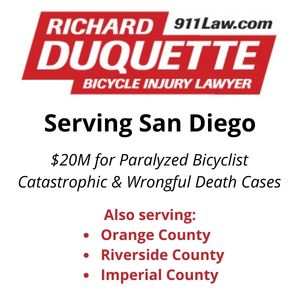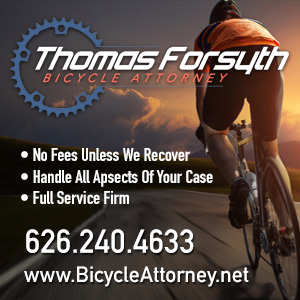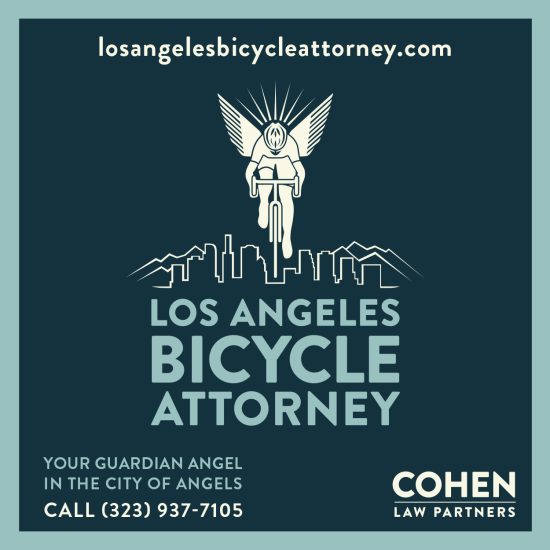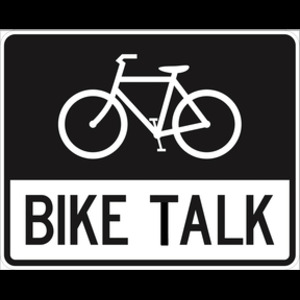
Day 350 of LA’s Vision Zero failure to end traffic deaths by 2025.
………
Just 8 days left in the 11th Annual BikinginLA Holiday Fund Drive!
Sadly, yesterday was the first day during this year’s fund drive without at least one donation to support SoCal’s best source bike news and advocacy.
Although that’s partially my fault, as the spokescorgi’s full-time service dog job delayed asking for money until late in the day.
Don’t let it happen again. Because time is quickly running out on this year’s fund drive. So what are you waiting for already?
So stop what you’re doing, and take just a moment to donate through PayPal or Venmo, or via Zelle to ted@bikinginla.com using the banking app on your smartphone.
Seriously, don’t make her beg. Give now!
………
No surprise here.
Toxicology tests confirmed that a Long Beach woman was officially allegedly stoned when she plowed into three bicyclists on PCH in Huntington Beach, killing a 45-year old pastor and father of four.
Forty-three-year old Amber Calderon was reportedly high on fentanyl, meth and weed at the time of the October hit-and-run, confirming reports that she appeared to be under the influence when she was stopped by a witness in a state park nearly a mile away, despite having a flat tire and “obvious damage” to her car.
Eric Williams was riding on the shoulder of the roadway with two other people when Calderon is alleged to have swerved right, running them all down from behind. Williams was the co-founder of the Community Church of West Garden Grove, along with his wife.
According to KTLA-5,
Following the toxicology results, Calderon’s charges were upgraded to one felony count of vehicular manslaughter while intoxicated without gross negligence, driving under the influence of drugs causing bodily injury, possession of hard drugs with two or more prior convictions, one felony count of hit-and-run causing permanent injury or death, two felony counts of hit-and-run with injury, and a violation of Section 11395(b)(1) of the Health and Safety Code.
She now faces a maximum of 12 years and four months behind bars if she’s convicted on all charges.
The only surprise is that this appears to be her first DUI, since no murder charges were filed.
………
It looks like there was justice for Andreas Probst after all.
The two men charged with intentionally ramming the former Bell, California police chief as he rode a bicycle on a Las Vegas street were both sentenced to up to life behind bars yesterday.
They were both teenagers and students at a Las Vegas high school at the time of the crash, where they shared video of the fatal crash with other students showing themselves laughing and egging each other on as they sent Probst flying off his bike.
The driver, Jesus Ayala, now 20 years old, accepted a plea of 20 years to life, while his passenger, Jzamir Keys, who is now 18, agreed to a sentence of 18 years to life.
As juveniles when the crime was committed, they will both be eligible for parole after 20 years.
………
‘Tis the season.
The nationwide Raising Cane’s bike giveaway finally made it all the way west to Hollywood, as Raising Cane’s founder Todd Graves teamed with poplar Hallmark actress Lacey Chabert to give 120 new bikes to kids at the Boys and Girls Club of Hollywood, with another 380 bicycles promised by Christmas; the fast food chain has donated a total of 4,500 bikes, valued at $1.5 million, in nearly 30 US cities this year alone.
………
It’s a great ad for eggs. For yeast, maybe not so much.
A Three Minute EggFleischmann's Yeast
— Cool Bike Art (@coolbikeart1.bsky.social) 2025-12-15T21:02:30.647Z
………
The war on cars may be a myth, but the war on bikes just keeps on going.
A British mayor says returning a bike lane to a Cambridgeshire bridge would cause chaos, and demanded that the city council change its mind on restoring the temporary bikeway. Because evidently, it causes far less chaos to have bicyclists riding in front of cars and occasionally getting run over.
………
………
Local
Lakers star Luka Dončić’ spent nearly $350,000 to buy new ebikes from Venice-based Pedal Electric for every member of the team, as well as all the team staffers; however, the 36 mph top speed for the bike he gave the players violates California law, which allows a maximum for 28 mph for a Class 3 ebike.
State
Makes sense. San Diego has installed a network of “hostile architecture” to deter homeless people, which effectively compliments the city’s hostile streets.
Speaking of which, the family of 60-year old fallen bicyclist Yi Zhang discusses their loss and his helping heart, after he was killed by a driver while riding to the gym in San Diego’s Rancho Peñasquitos.
Folsom will build a highway underpass to connect the 50-mile bike trail network north of Highway 50 with a 30-mile network to the south.
Sacramento celebrated the reopening of the Del Rio Trail Bridge, which severed the bike path after authorities determined it wasn’t safe when the new path opened last year.
National
Popular Seattle-based ebike maker Rad Power Bikes officially went belly up, filing a bankruptcy petition while seeking new ownership within the next two to three months.
The owner of an Anchorage, Alaska bike shop is finally getting $75,000 worth of stolen bicycles back, which sat in a police evidence room for seven years until the case was finally settled, after they were recovered from a storage unit just two weeks after the theft. Except what was then a new model is now seven years old, with equally dated tech.
Minnesota researchers discovered that it’s not the dark or cold that keeps kids from biking to school in the winter, but rather distance, a lack of safe bike routes, and having to cross dangerous roadways.
A New Yorker who led the fight that removed cars from New York’s Central Park says he opposes efforts to ban ebikes from the park, saying supporters of the ban don’t remember what it was like before when motor vehicles ruled the park. Maybe he could come here, and help us get cars out of Griffith Park.
A proposed change to New Jersey law would eliminate the current ebike classifications, and require an ebike operator’s license, registration and insurance for every type of ebike, from slower Class 1 ped-assist bikes to electric motorbikes.
Residents of Asheville, North Carolina are advocating for the passage of the Magnus White Cyclists Safety Act in the US Congress, which would require carmakers to install Automatic Emergency Braking Systems capable of detecting people who aren’t ensconced in a couple tons of automotive glass and steel, such as bicyclists and pedestrians.
International
Around 70 bicyclists took to the streets of Guelph, Ontario to demand that the city maintain bike lanes year round, rather than closing them in the winter; the effort worked, as the city’s mayor used his special powers to order them cleared, starting immediately.
This is who we share the road with. A 25-year old Toronto man was sentenced to five years behind bars and a 15-year driving ban, for the hit-and-run death of a 16-year old kid riding a minibike, then lying about it and telling investigators he’d been carjacked.
Bicyclists riding the UK’s National Cycle Network were forced into what may be a permanent nine-mile detour after a historic 350-foot Scottish biking and walking bridge collapsed due to fast-moving flood waters, as local leaders said it will be “nigh on impossible” to fix. Although something tells me they’d find a way if it carried motor vehicle traffic.
An Irish woman pled guilty to a single count of dangerous driving causing death for killing an “inspirational” former Limerick teacher as the 70-year old man was riding a bicycle, but didn’t enter a plea to DUI and other charges in the crash.
His Highness Sheikh Dr. Sultan bin Muhammad Al Qasimi, Member of the Supreme Council and Ruler of Sharjah, ordered the construction of vehicle overpasses to completely separate cars from a 15-mile bike path.
New Chinese regulations will improve safety for ebikes, while making them harder to tamper with to illegally increase speeds.
Competitive Cycling
A champion Maltese triathlete broke her collarbone when she rounded a blind curve on a training ride, and hit a double speed bump.
Finally…
Riding just 13 mph through the park could get you a $66 speeding fine. Who needs a mag trainer when you could be crushing rocks all winter?
And that feeling when your training ride gets just a tad muddy.
………
Be safe, and stay healthy. And get vaccinated, already.
Oh, and fuck Putin.



















